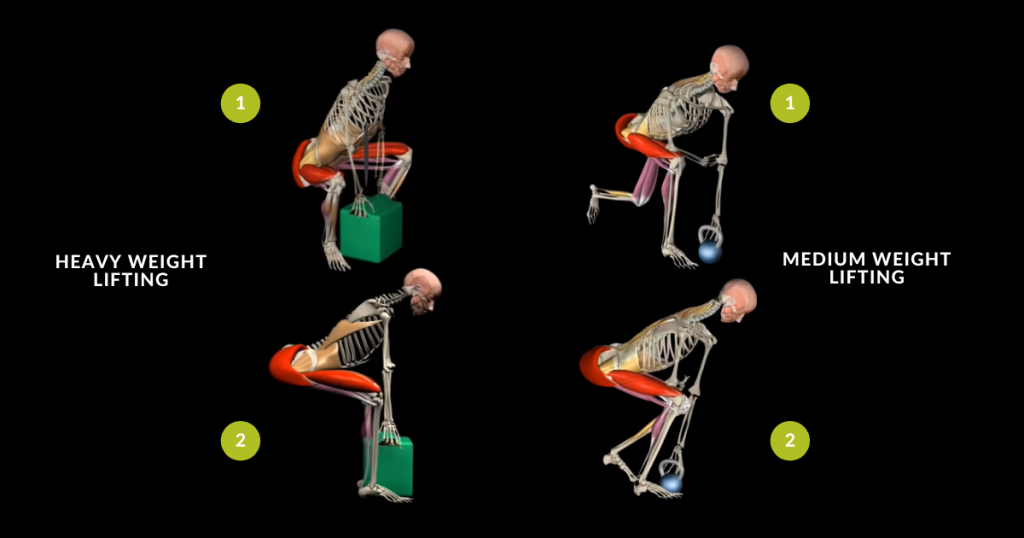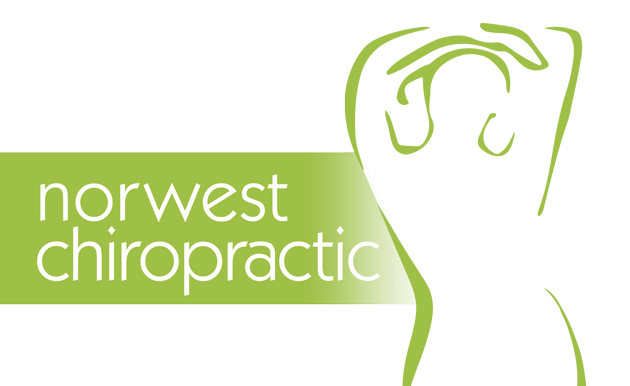Every 28th of April, World Day for safety and health at work is observed around the world. And on this day, it provides us an opportunity to reflect on how we can prevent work-related injuries.
In New Zealand alone, it is estimated that about 25,000-30,000 work-related injuries happen every year. According to the data, most of these injuries resulted in more than a week away from work [1].
If we look further, it shows that construction, manufacturing, transport, and agriculture are the industries with the highest number of reported injuries. This realigns to the fact that the top 1 most common accident type is said to be injuries from lifting and carrying heavy objects. From July 2019 to Jun 2020, this category got 6666 out of 30000+ cases of workplace injuries [2].
As chiropractors, it alarms us to see that the number of cases like this is steadily increasing in the last 10 years. This could have been easily preventable if a person has proper lifting posture and awareness of how much stress his body can handle.
The Proper Posture for Lift and Carry
Here’s an image to illustrate the proper way to lift and carry.
Before lifting: Ensure that your path is clear and has no obstructions. Stand in front of the object, place your legs and feet shoulder-width apart, as this will give you the balance you need as you lift.

Lifting very heavy objects: When you are ready to lift, squat down close to it, bend your hips and knees, and keep your buttocks out. Slowly lift the object while straightening your hips and knees, but make sure that you keep your back in a neutral position. Do not twist your body or hunch forward while doing this.
Lifting medium-weight objects: Put one knee on the floor and the other knee in front of you bent at a right angle. One arm will lift the object, while the other arm rests on the knee in front. This arm will act as your support while you lift your body up in a standing position. As you do this, it is important to keep your back neutral.
Carrying object: As you travel from Point A to Point B, remember to carry the object close to your body. The farther you carry it from your body, the higher amount of stress that you will be putting on your arms and lower back.
Let’s not forget another important thing…
Theoretically, there should be no problems when you lift or carry objects provided you do that with a proper posture. However, if lifting is part of your job (i.e you do it regularly), then you have to make sure that your back and spine are consistently strong and healthy.
The spine, particularly the lower back is the most important key postural area in the body. If you do not have a well-functioning low back then there is no way you will be able to maintain proper posture when you carry heavy objects.
Of course, you cannot just expect your back to handle the same amount of stress 24/7. Without proper nutrition, exercise, and spinal tune-ups, the stress from all the lifting and carrying will get its toll on the spine at some point.
So if you want a better chance to withstand daily stressors and prevent workplace injuries, you need to make sure that your back is always in good shape.
This is what our team can help you with. With our wellness and maintenance chiropractic care, we can regularly check your spine and correct any misalignments and nerve interference. Feel free to contact us at 022 403 1568 or book here for appointments. First-time clients can get this special deal.
References:
[1] Worksafe NZ 2011-2020. Injuries resulting in more than a week away from work. [2] Worksafe NZ 2011-2020. Injuries While Lifting, Carrying or Putting Down Objects.

